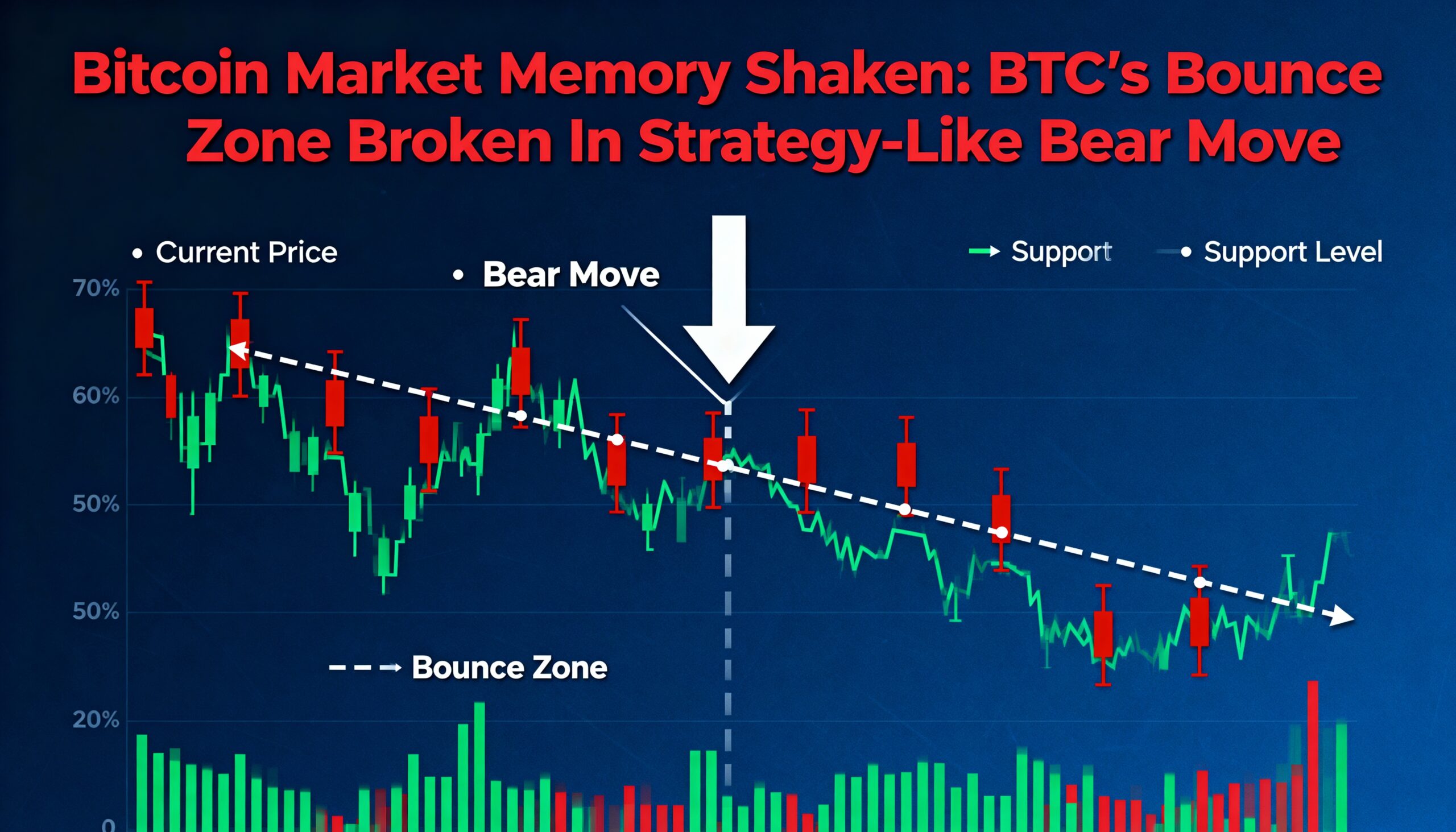
U.S. 30-Year Treasury Yield Surpasses 5% Following Moody’s Credit Downgrade and Fiscal Worries
The U.S. bond market is experiencing heightened volatility as ballooning deficits, diminished foreign appetite, and concerns over trade policies fuel investor caution.
On Monday, the yield on the 30-year U.S. Treasury note climbed past the 5% mark for the first time since April, peaking at 5.011% intraday. This jump follows Moody’s downgrade of the U.S. sovereign credit rating from Aaa to Aa1, citing escalating debt levels and rising interest obligations.
The last time the 30-year yield hit 5% was April 9, during the “tariff tantrum” that led to sharp declines across crypto and equity markets.
Back then, bitcoin (BTC) was near a short-term low around $75,000. Since that trough, BTC has surged, trading near $103,000 with a peak close to $106,000 just this past Sunday.
Jim Bianco, head of Bianco Research, remarked, “The most recent close at or above 5% for the 30-year was October 31, 2023. The highest yield close in recent history was 5.11% on October 19, 2023 — the highest since July 2007, nearly two decades ago. The current yield is within striking distance of that level.”
In global debt ownership shifts, the United Kingdom overtook China in March as the second-largest foreign holder of U.S. Treasuries with $779.3 billion, trailing only Japan.
Over the past year, both China and Japan have steadily trimmed their Treasury holdings, pressuring the U.S. to attract fresh buyers to finance its growing debt.
With soaring deficits and the potential for increased bond issuance, Treasury supply is rising, putting upward pressure on yields and downward pressure on prices. This environment is contributing to a roughly 2% decline in Nasdaq futures, signaling a cautious mood in equity markets.























